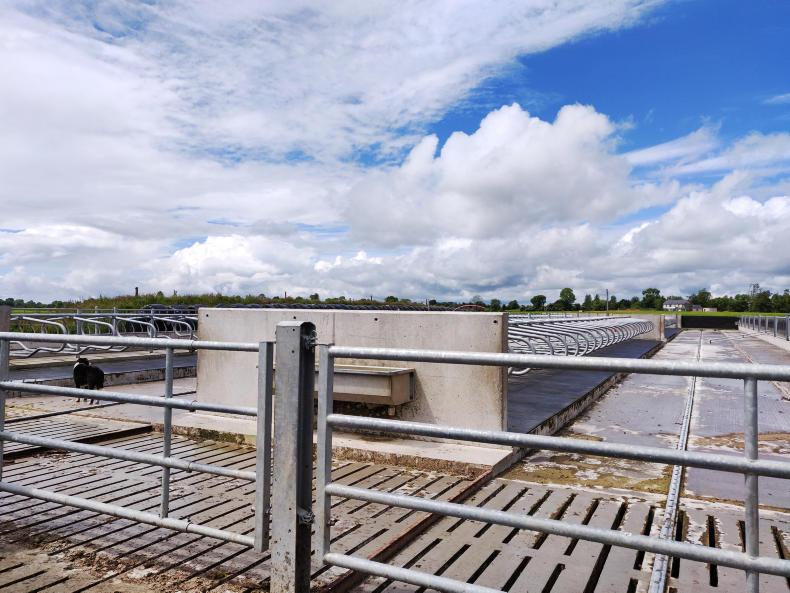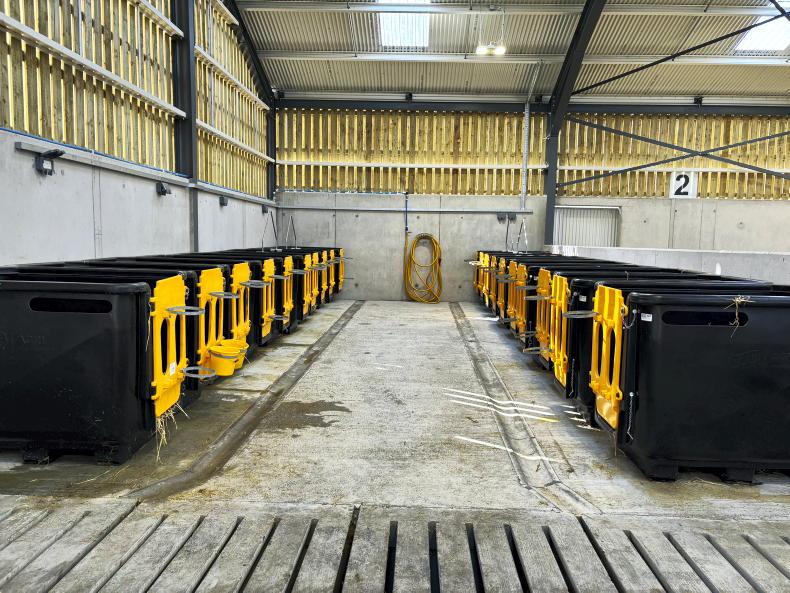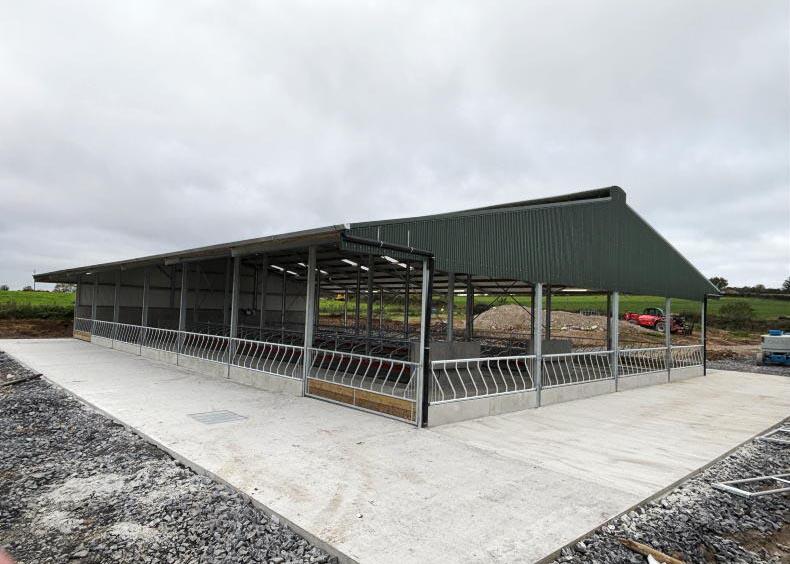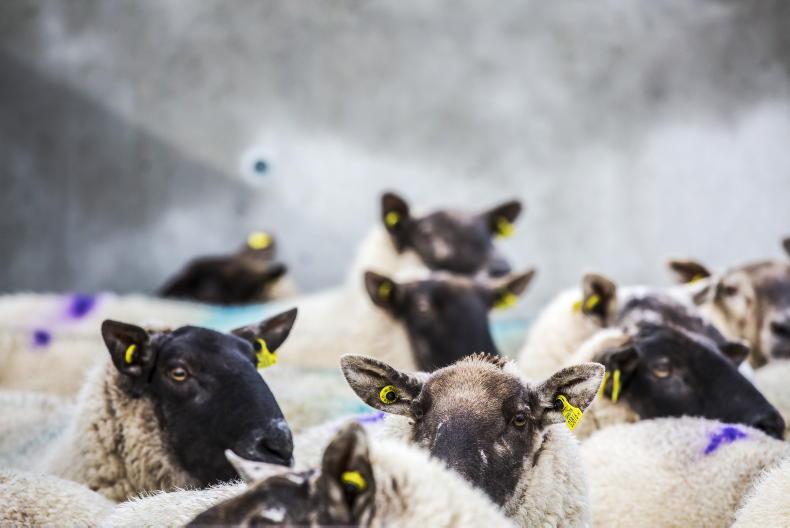Outdoor slatted tanks and topless cubicles have become commonplace on dairy farms in recent years and are also cropping up in some suckler and beef systems. A number of builders report greater interest in unroofed slatted tanks this year and cite a range of factors for it.
The first requirement is that there is a requirement when applying for grant aid under the Targeted Agricultural Modernisation Scheme (TAMS II) for farmers to have sufficient slurry capacity in place for animals on their farm.
It is vital that where this is the plan being considered to highlight that grant aid will only be provided to erect a shed structure over an existing tank
Some farmers are using this option to bring slurry storage up to date at their own cost and then hoping to avail of grant aid to erect the overground structure. It is vital that where this is the plan being considered to highlight that grant aid will only be provided to erect a shed structure over an existing tank where the tank is certified by a chartered engineer. Failure to do this while the tank is being constructed could end up a much more costly job if an engineer has to certify a tank structure after it has been built.
It is important to note that underground slurry storage facilities are generally not exempt from requiring planning permission
Cashflow challenges are also another significant reason with many large dairy expansions investing in slurry storage and additional cubicle (topless) space now and delaying investing in a costly shed structure until a later date.
It is important to note that underground slurry storage facilities are generally not exempt from requiring planning permission unless perhaps where they serve existing facilities.
In any case, it is important to liaise with the local county council guidelines governing the address where the development is taking place.
There is also another contributor with some farmers finding that an outdoor tank works well where it can be combined with existing housing.
In some cases, the objective is to increase feeding space while some farmers who had initially planned to erect a shed structure have found that animals perform well in an outdoor environment but this is provided there is sufficient shelter available and animals are protected from inclement weather.
Storage calculations
It is important when doing up the calculations on how much slurry storage is required to take account that there is a higher freeboard requirement of 300mm compared to 200mm in a covered tank. The volume of rain falling on the tank and any associated areas, such as a concrete stand at the front or back of the tank or along any other soiled areas eg solid feeding passages or cubicles, must be accounted for. The volume of rainfall must be calculated for the minimum storage requirements in zone A, B or C and the listed volume of rainfall for a particular county.
Rainfall volumes per county are published in the European Communities (Good Agricultural Practice for Protection of Waters) Regulations 2010 and are listed in Table 1.
The high rainfall volumes in some counties make it unfeasible to outwinter animals or erect unroofed slurry storage facilities where rainfall has to be accounted for on a large surface area.










SHARING OPTIONS